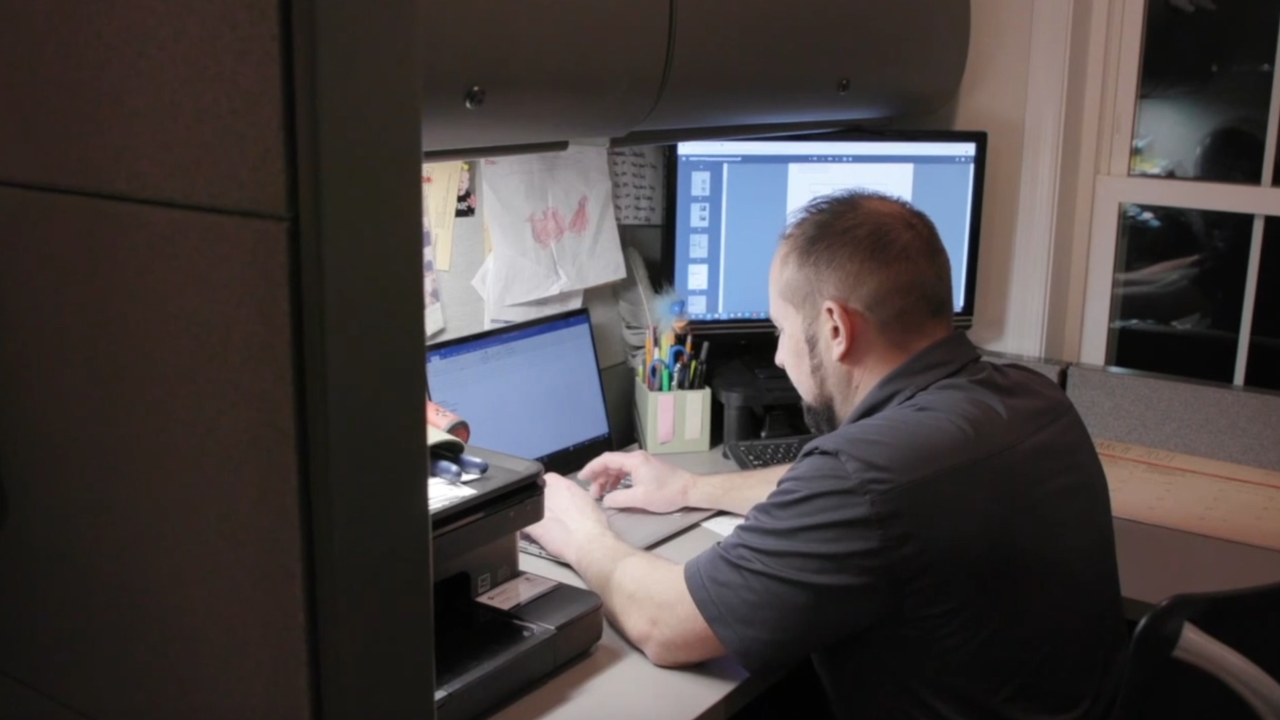We've never used internet like we do today, but the pandemic has also exposed problems in our broadband infrastructure here in the U.S.
Broadband Now, a research organization, found 42 million people don't have access to broadband internet. That's double the number reported by the Federal Communications Commission.
The FCC has admitted its data is wrong due to how it counts connected households.
Our partners at Newsy found internet service providers are only required to say where they can reasonably provide service within a neighborhood block. If one house on the block has broadband, the FCC map considers the entire area served
"So, where broadband is and where broadband isn't, this hodgepodge of connected and unconnected zones all interwoven together, have ended up being quite disastrous for the state of connectivity across the United States,” said Sascha Meinrath, Palmer Chair in Telecommunications at Penn State University.
This leaves people frustrated, especially during this time where many are working and learning from home.
One family in rural Maryland does not have access to high-speed internet, but their neighbors less than half a mile down the road do.
"It's very frustrating to know that just up the street, they've got all their internet needs taken care of. And we are kind of living in the stone age," said Mathew Roskam, who works from home.
Experts at Broadband Research Initiatives say data that shows internet connectivity needs to be fixed, so people can get the broadband coverage they need.
Those who can't get broadband but live in an area where it says they are connected are not eligible for state programs or federal funding.
As a way to address the problem, the FCC is working to launch a “broadband data task force,” where least seven departments of the FCC will be involved.



